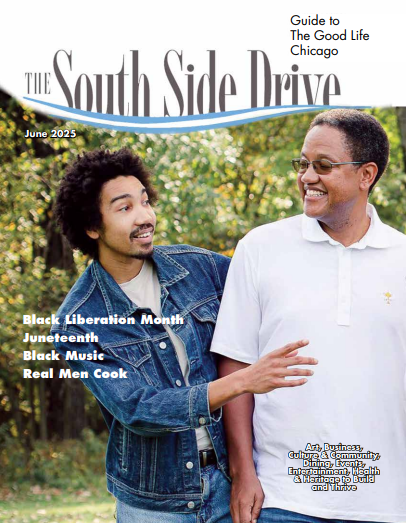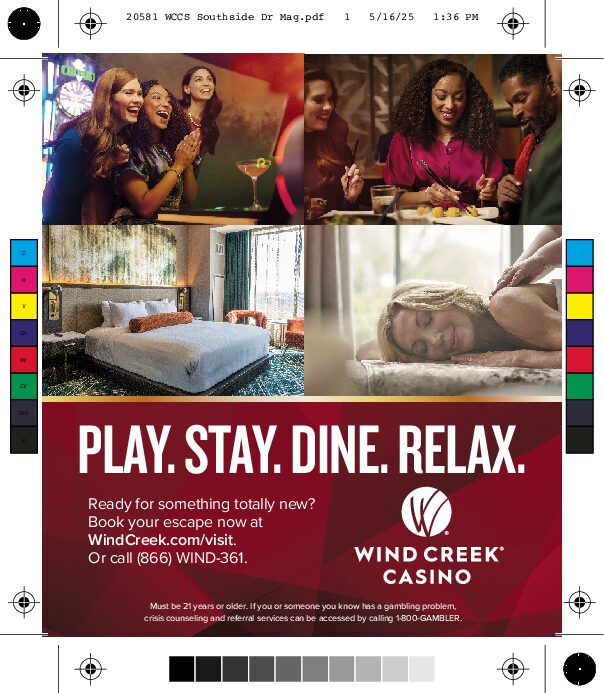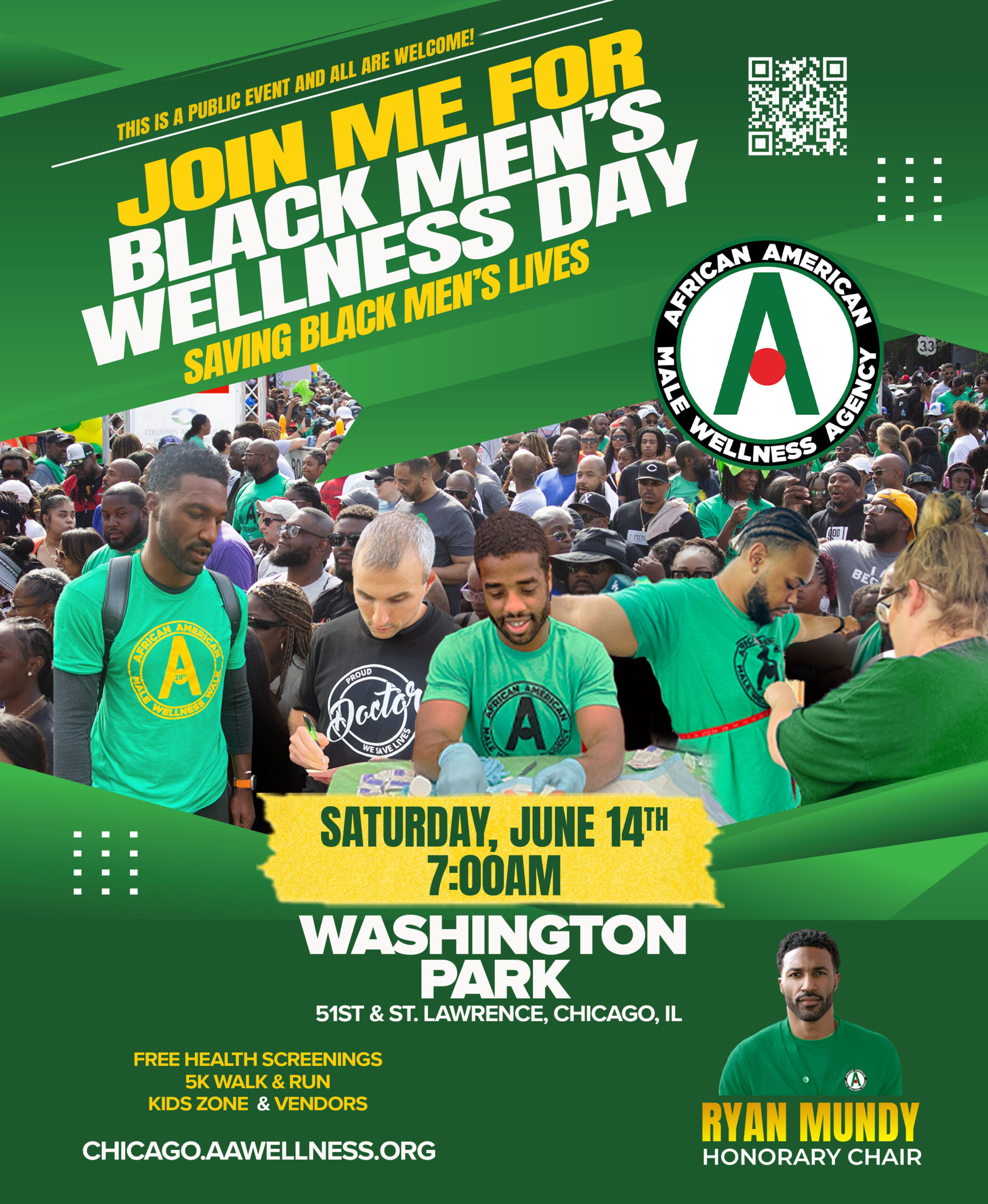There’s no question as to the origin of jazz music. It all started in the African American community of New Orleans, Louisiana. The influence of musical greats, such as Louis Armstrong and Duke Ellington, helped define the genre. But even though African Americans started it, when European Americans By the 1960’s, jazz and “doo wops” were the two leading genres in the African American community. Doo wops were a version of R&B, sang by groups with the harmony provided by a false tenor and a bass, vocalizing “doo wah” from which the title “doo wop” was derived. Doo wops comprised music to move your feet to, and was the catalyst of a whole lot of dances in the 50’s and 60’s. Dances such as the Watusi, the Bird, the Mashed Potatoes and the Twist, the Pony and the Slop, the Walk and the Bop, the Jerk, the Roach, the Twine, the Monkey and Guerilla, and many more are all part of that doo wop era. Doo Wop eventually gave way to Disco and Funk, and ultimately Hip Hop, with its variations of rap, most prominently “gangsta rap.” Yet, jazz never lost its place. It didn’t require the foot action attributed to doo wops. With jazz, you just move your finger – the index finger – to the beat. Or you nod your head up and down, and tap your feet.
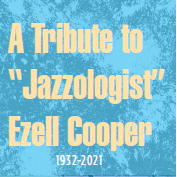
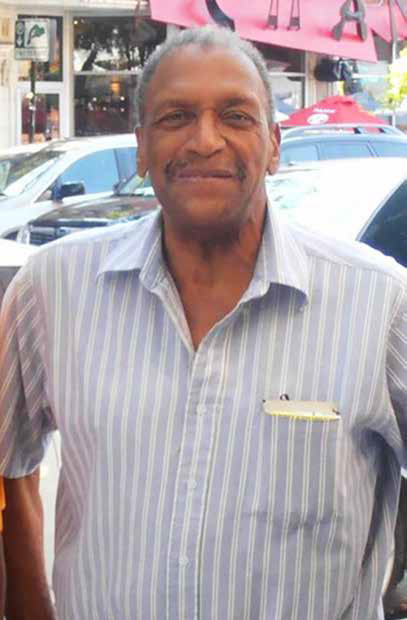
Among the jazz greats were Miles Davis, John Coltrane (the greatest), Charlie Parker (Bird), Dave Brubeck, Andre Previn, Art Blakely and the Jazz Messengers and probably a bunch more that I failed to name. Ella Fitzgerald was known to many as the “queen of jazz”. Other jazz vocalists were Gloria Lynne, Nancy Wilson, June Christy, Julie London, Lambert, Hendrix and Ross. In the 60’s, there were no ipods, no You Tube, no Spotify or itunes. There were record players and if you wanted to enjoy the music of your favorite jazz artists, you had to buy the records. The doo-wops came in 45 rpms, and 78 rpms, and the albums were 33 1/3 rpm. I don’t recall ever seeing a 45 rpm of Brubeck, Miles, Bird or Coltrane. All I recall were the 33 1/3 albums. To purchase these records, there were record stores in nearly every Black community – some more prominent than others. George’s Music Room, operated by George Daniels, was located on the West Side of Chicago, and was known city-wide, known for its large inventory and great variety of records.
However, on the Southside of Chicago there was Coops Records. Ezell Cooper had a sign outside of his record stores proclaiming “If It’s Not at Coop’s … It’s not Out!” He offered all kinds of records at his record store, but his speciality gave him the nickname “The Jazzologist.”
Ezell Cooper started in the music business in the 1960’s. He worked at the warehouse for Mr. T’s record store before moving on to the store on 16th Street and Stony Island Avenue. In the 1980’s, he bought the store and renamed it Coops Records. Coop’s success enabled him to purchase and operate two more Coop’s stores, at 8 7th Street and Ashland Avenue and at 47th Street and Lake Park Avenue.
Jazz enthusiasts gravitated to his stores and so did students from the University of Chicago and from Chicago Vocational High School.
Coops wasn’t just a record store, it was a neighborhood hangout where regular customers hung out to discuss economics, politics, and even the weather – and of course, music.

“on the Southside of Chicago there was Coops Records. Ezell Cooper has a sign outside of his record stores proclaiming “If It’s Not at Coop’s...It’s Not Out!”
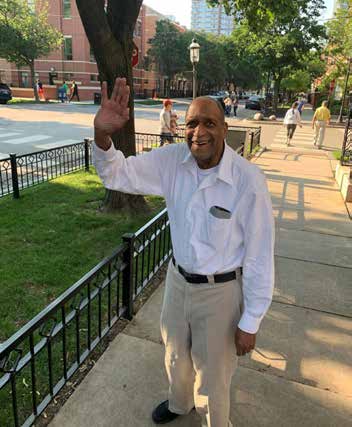
Mr. Cooper, the jazzologist, was “a legend on the South Side.” Rick Wojcik, owner of the Dusty Groove record store said “He was part of the unique group of people who would meet in a garage in an alley near 51st and St. Lawrence. They would have struggles playing jazz records.”
It was said that for decades, DJ’s would gather on Sundays in the garage of Pops, an older guy who smoked cigars, thus earning them the name “Alley Cats.”
In addition to Coop, other DJs were known by names like Butterball, Big Henry, Clydell, King RIP, Killer Joe, Big O, Little Earl, Lil’ Mike, Playboy, Raindrop, Sarge, Syl and Sly Fox.
They took their own speakers and turntables to matches where they would use the best equipment. And they spent thousands of dollars on needles. A competitor brought coffin-shaped speakers, which he made himself.
The audience judged them by points. Participants lost points if they placed a needle in the middle of a track instead of at the beginning. They would be judged on the entertainment of their presentation and their records.
A favorite was Ella Fitzgeral, with her scatting, and Count Basie. The winners collected money from a passed hat.
On January 20, Ezell Cooper joined the ancestors. But he leaves behind his legend. He gave Chicago the best of jazz music.
